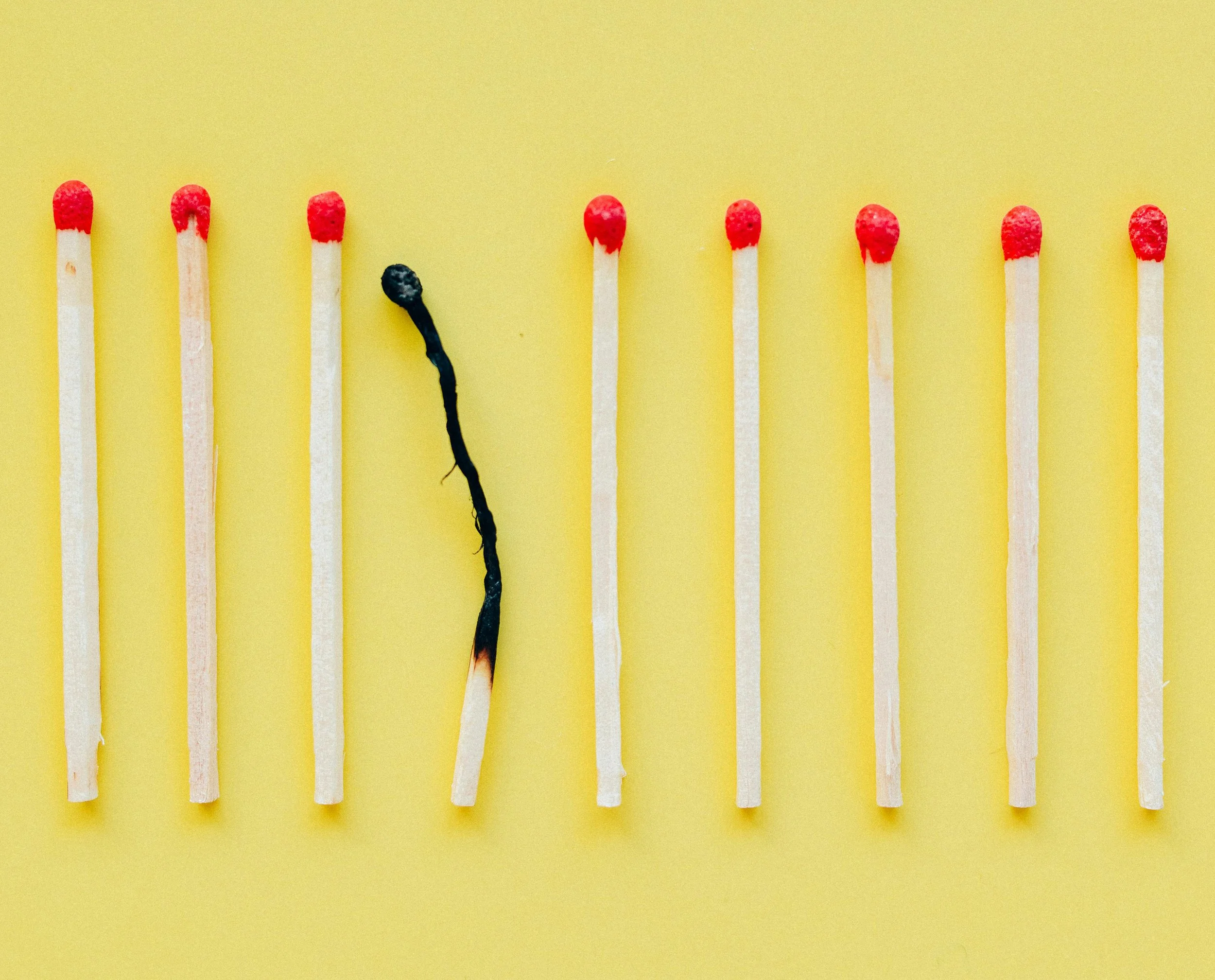Burnout or Breakthrough? How Smart Repetition Shapes Success Over Time
Photo by Nataliya Vaitkevich
Training in any environment, whether in sports, fitness, academic studies, or at work, is built around consistent and disciplined repetitions. The challenge for our brain is maintaining excitement during the process, as it evolves to reach our desired destination. In martial arts, the best instructors and long-term students learn to balance two training structures: High Volume Repetition and Layered Repetition.
High Volume Repetition
This format reinforces learning by repeating it repeatedly to solidify correctness and build muscle memory. Most that follow this traditional format adhere to the 10,000-Hour Rule, also sometimes known as the 10,000 Repetition Rule, which offers the practitioner three impressive growth spurts during their development. The first happens around 2500 repetitions, known as the “AH-HA Moment,” where our mind lets go, and our body starts to understand what we are doing. The second manifestation occurs at 5000 repetitions, where we transcend to a “Wow Moment,” which is an “AH-HA” in application. We typically find this “Wow” after attempting to apply the skill we’ve been focusing on. It often takes deliberate action, mentally and physically, from practice to application. The third expansion is the ultimate goal. When we’ve logged 10,000 repetitions or more between the “AH-HA” and the “Wow” moments, we elevate our physical and mental learning into our nervous system, allowing what we were training on to become second nature. It’s what the Japanese call Mushin, or “no mind.” At this point, we no longer react; instead, we instinctively respond and let our training take over. It’s where we see all our hard work pay off.
Layered Repetition
This format takes a different approach to its process, and it often takes a little longer to reach the “no mind” level due to its format of "disguising repetition." The approach is the long game, which looks at the map across multiple years of training. It allows a specific, short amount of time for the practitioner to learn but then shift to another skill that can be overlapped later in the process. This structure allows practitioners a mental and physical break when moving from one technical section to another. It also facilitates better memorization of skills for the practitioner when the first skill or drill overlaps or aligns with one that has been previously trained. During these intersections, the practitioner will experience their “AH-HA Moment” with a significant level of surprise, as they didn’t see it coming. It’s a magical juncture called the “Myagi Moment,” where all the lights come on in the house and everything clicks. This level of mystery often intrigues the brain, creating excitement and a desire to continue in the process. Over time, with the multiple layered and overlapped formats, each person will reach the number of repetitions needed to advance their understanding from the “AH-HA” to the “Wow” and eventually the “Mushin” evolutions. Lastly, this format allows a curated experience for multiple levels of training due to its flexibility in time management. Those with less experience can allocate more time in necessary areas, whereas those with a larger reference pool and more experience can progress quickly with this curated training approach.
Which One Is Better?
By default, if we were to go to war tomorrow or needed someone to take over a position that grew as a necessity or vacancy, we would need to train someone who can be onboarded, prepared, and ramped up quickly. By design, we can help anyone grow into any position with the proper structure. Layered Repetition offers us a chance not only to groom our skills but also to vet them through Scenario-Based and Variable-Based training, ensuring we are prepared for what we are trying to accomplish.
Both structures are a necessity while training in any environment. We need High-Volume Repetition to cut to the chase and get certain things accomplished directly, especially in the early steps of learning something. The sea saw dichotomy comes with only two issues to be acutely aware of during this process. These include either mental or physical burnout. Physically, we can overwork our motor skills and muscles, while mentally, we can get exhausted from boredom and lose motivation before discipline has developed. Layered Repetition offers an approach that doesn’t overwork us mentally or physically; however, validating the process or elements can often leave a question mark on those being trained. The answer to many questions can be hard to find in its brackish waters due to overlapping techniques and skills; therefore, patience and trust in the process are necessary for the trainee. As instructors, coaches, and practitioners, we must offer and utilize both options to evolve our training process and maintain enthusiasm, consistency, and motivation, elevating our skills to the next level.
#ComingForYou2025
#YearOfTheSnake
#FightTheGoodFight
——
Check out other instructional videos on our YouTube Channel at: https://www.youtube.com/c/martialwaylegacy.
If you aren’t already and would like to stay in touch, then Subscribe Today to receive news, updates, events, training ideas, and motivation to help you crush your goals!!!
Guro Larry, Sonja, Lauren & Tori St. Clair
Martial Way Legacy
"A Compass to the Preservation of Bruce Lee’s Philosophy and Legacy"
http://www.martialwaylegacy.com
512-821-3637
